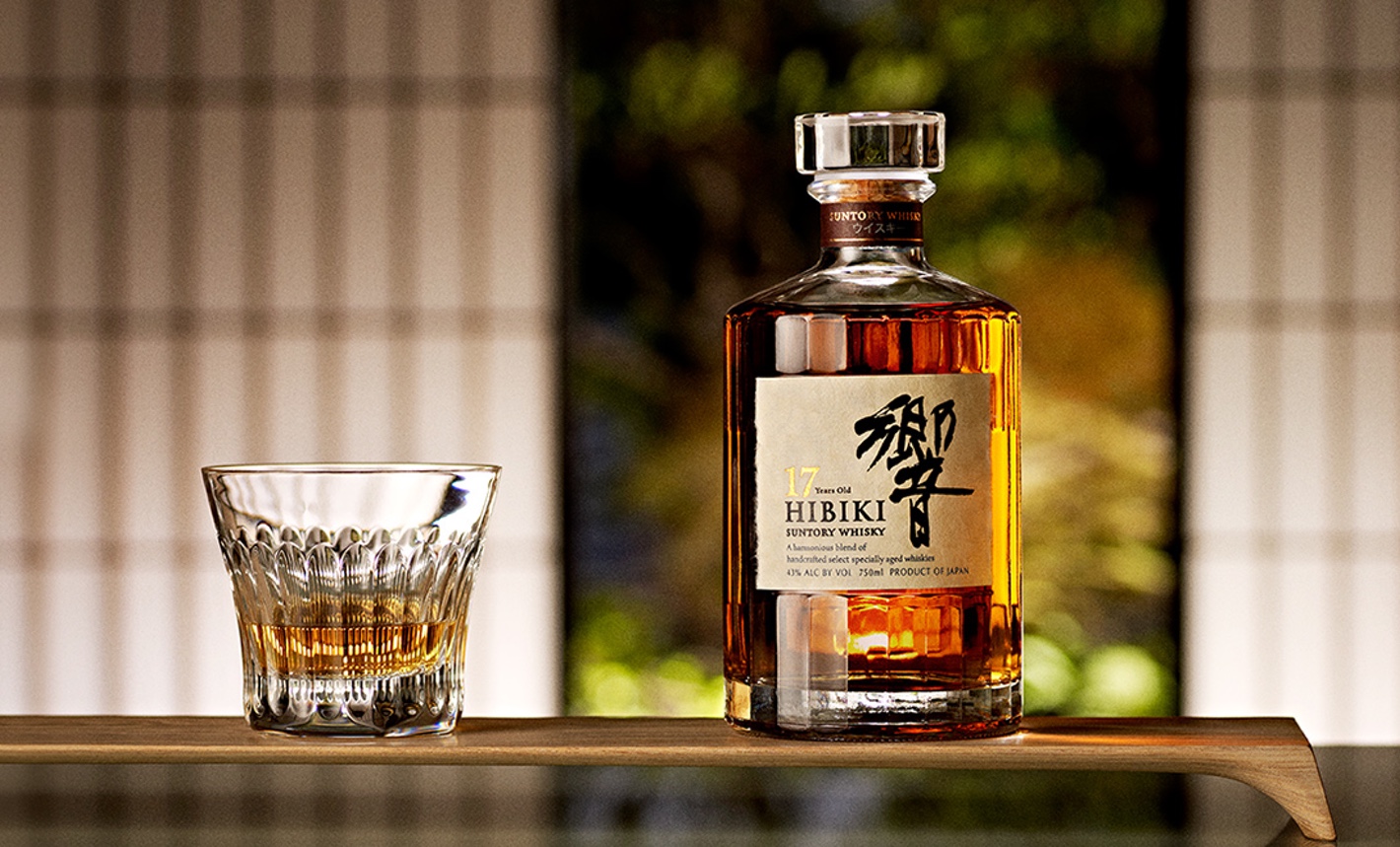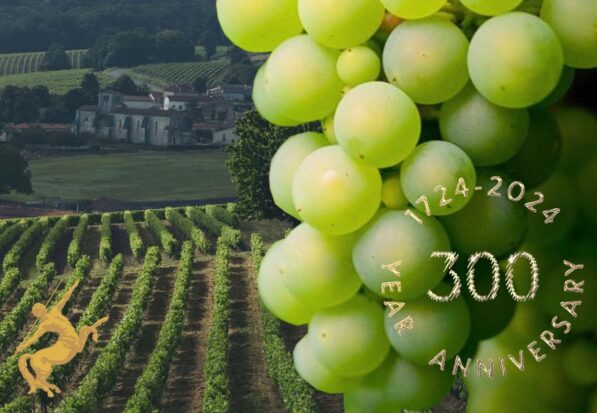If you think the impeding Tequila shortage is an absolute tragedy, then news of the upcoming shortage of Japanese Whisky will seriously make you want to cry.
Suntory will suspend sales of two of their main brands, Hakushu 12 Years Whisky and Hibiki 17 Years Whisky, starting in June.
Both the Tequila and Japanese Whisky shortages have something in common and that is an increased world-wide demand. While the Tequila issue is mainly derived from a shortfall of Blue Agave, the demand for Japanese Whisky has simply exceeded forecasts, causing stocks to run low.
So, what happened?
The rise of Shochu (a distilled Japanese spirit most often made from barley, rice, sweet potatoes, or buckwheat) and the steep drop of whisky consumption in Japan during the 80s saw many producers reduce production output. The Whisky producers were simply unprepared for the sudden, ferocious growth in consumer interest over the past five years.
And news of the proposed shortages have already had an impact. The Hibiki 17, which you’ll probably remember as the famed Japanese whisky that was featured in the 2003 movie Lost In Translation, is already extremely difficult to find in the Australian market.
Hibiki whisky is one of the most popular premium blended ranges to come out of Japan. The bottles are iconic, featuring 24 facets that represent the 24 small seasons of Japan and the hours in a day.
With supply falling rapidly, the search for Hibiki, Yamazaki and other premium Japanese whiskies is becoming something of a treasure hunt for aficionados. Even in places like Tokyo’s upmarket Ginza district — where stocks of 50,000 yen ($459) vintage Yamazaki are being bought up almost as soon as they are shelved.
 PIN IT
PIN IT
Both Hakushu 12 Years and Hibiki 17 Years are important to Suntory, which has not had to halt sales of a whisky label since April 2016, when it ran low on the Kakubin Black Label 43 Degrees brand.
Though aged stock is lessening, the major Japanese whisky maker is optimistic about the category’s growth in the future, and will not make the mistake of running out of stock again.
While brands have discontinue a large number of its age statements and replace some with NAS (no age statement) bottlings. Not listing an age statement allows whisky makers more freedom in how they put a release together because they can use a wider range of whiskies.
Even without the age statement, the youngest whisky in those single malts could be at least three years old, but there are also older whiskies to balance things out. Those older whiskies are vanishing.
Not All Japanese Whisky Is Japanese Whisky
While most countries have stringent laws surrounding the definitions of what makes up their spirits, no such definition exists for Japanese Whisky. Technically, companies could do almost anything they want and still call it Whisky.
One way that this is demonstrated is through the importation of Whisky from abroad, predominantly Scotland, to bottle in their blends. Realistically, most budget-friendly Japanese blends likely contain some foreign Whisky. Although imports have believed to increase due to the shortage, this is a practice that has been going on for quite a while – unbeknown to most consumers.
This of course does not mean that they do not blend them well. The quality of Japanese blended Whisky has risen with it’s popularity and some blends are considered to be amongst the best in the world.
Investing in the future of Whisky
Since 2013, Suntory has invested over $182 million into ramping up production. Stills have been added to both the Yamazaki and Hakushu sites and the company’s Ohmi Aging Cellar has undergone a large expansion. According to Suntory’s PR team, an extra $80 million will be invested this year to expand the Hakushu aging facilities.
“It could be as much as 10 years!” exclaimed Takeshi Niinami, president and CEO of Japan-based drinks group Suntory Holdings, when recently asked by The Spirits Business how long he believes his company’s shortage of Japanese whisky will last. “We can’t supply enough for the market requirement, but in 10 years’ time we will gradually be able to respond to the need.”
For whisky enthusiasts, a decade could just be a very long time to wait.








